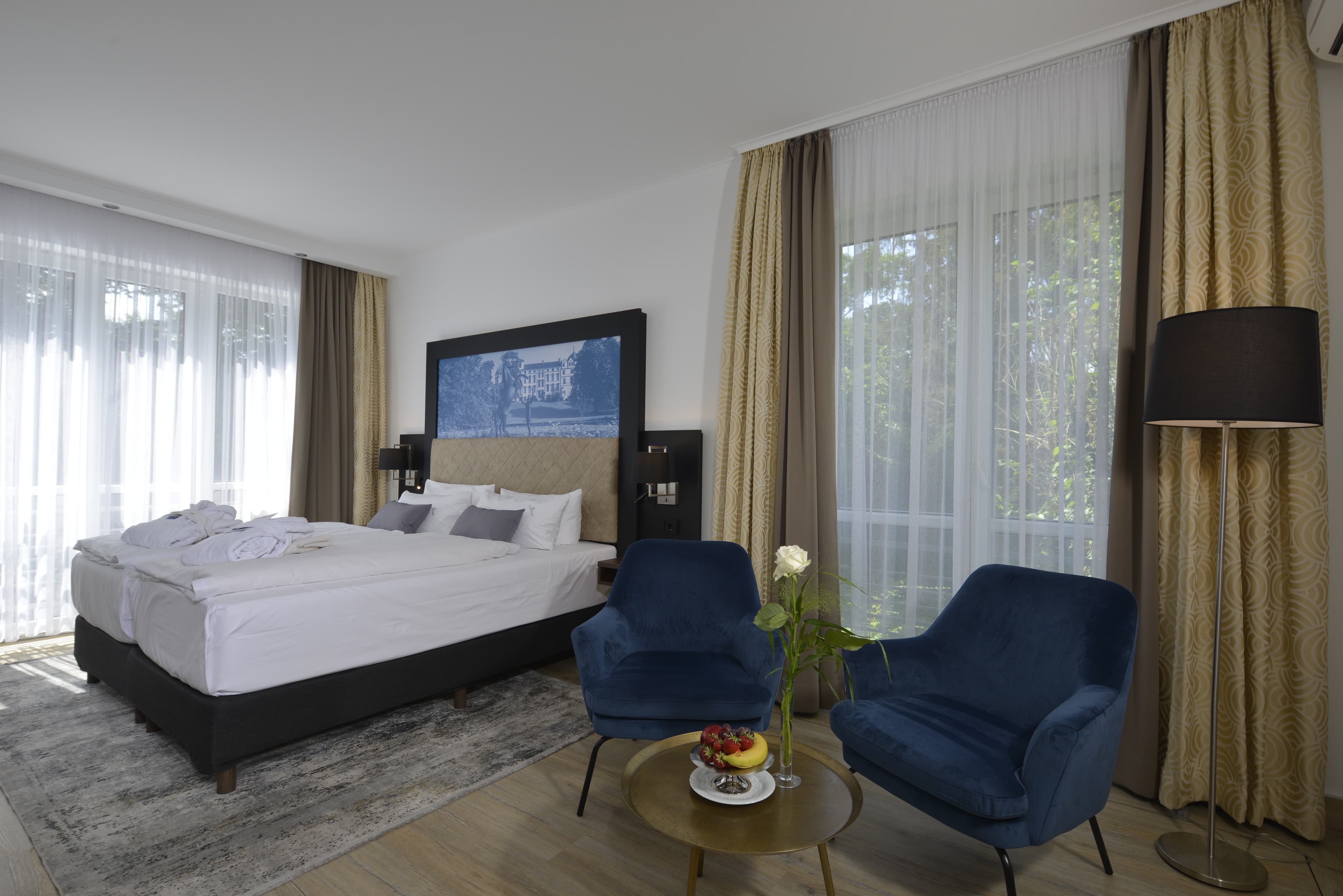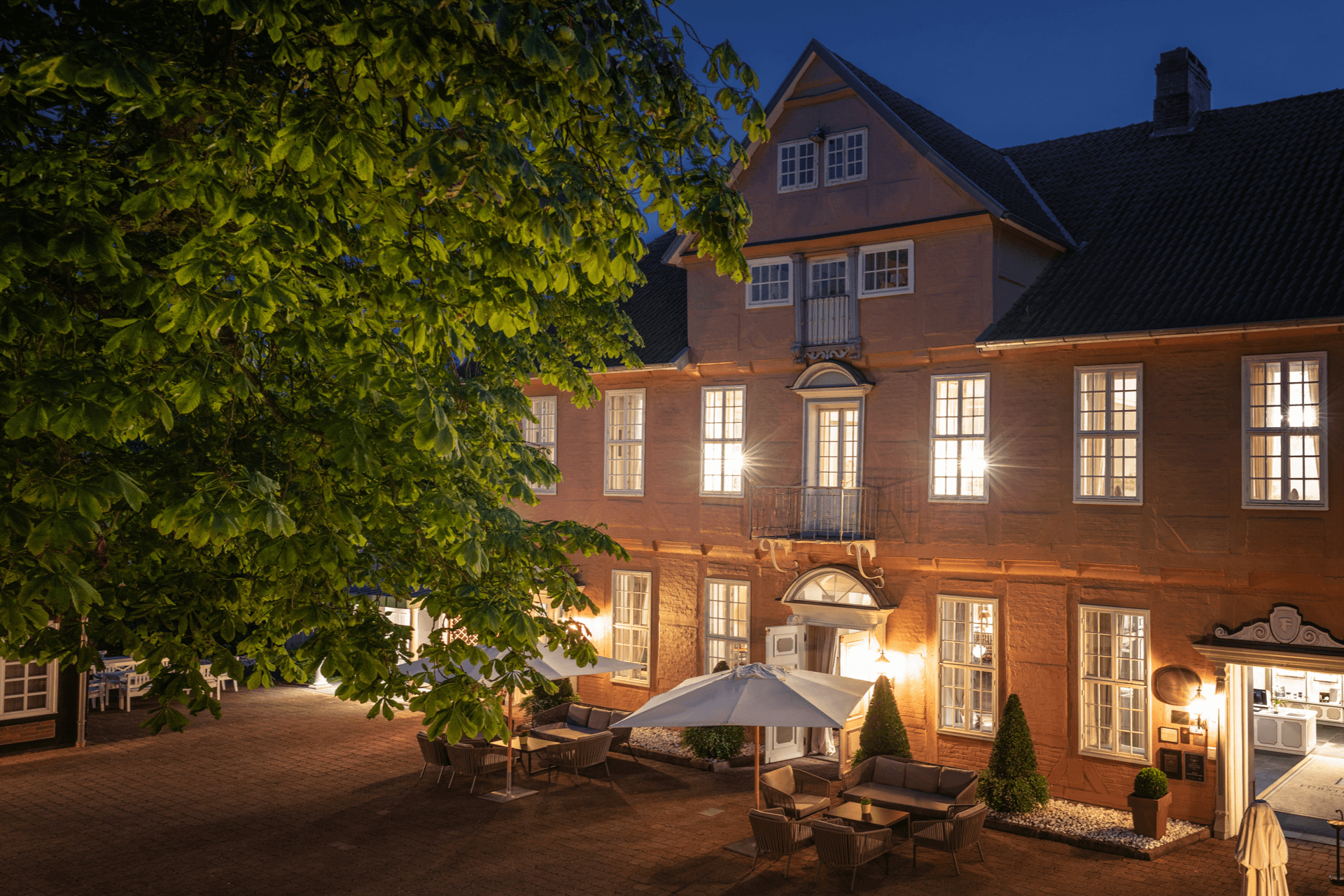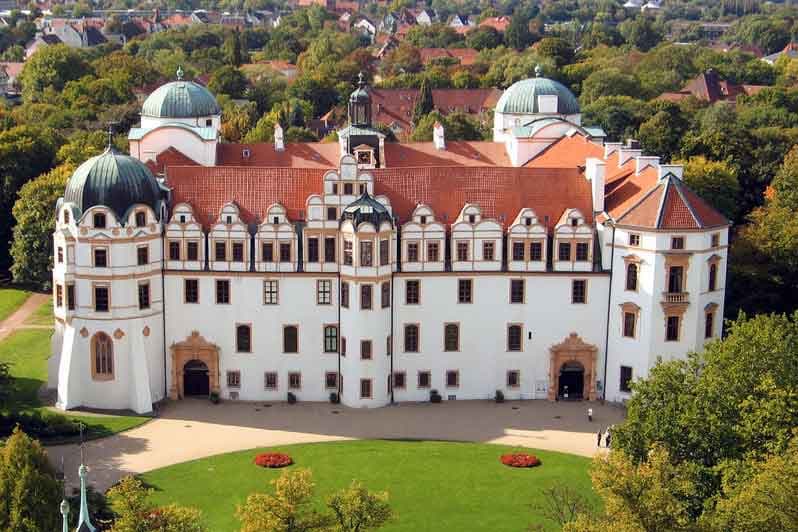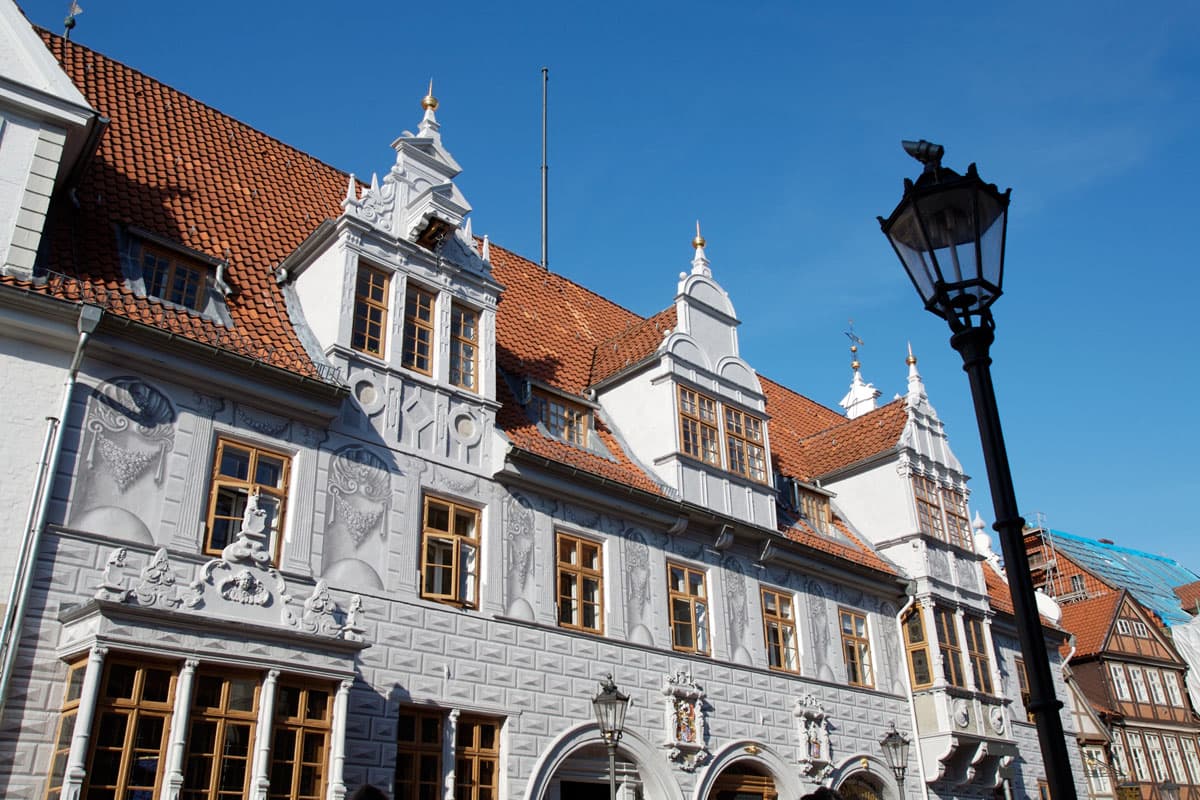©Lüneburger Heide GmbH/Ulrich von dem Bruch
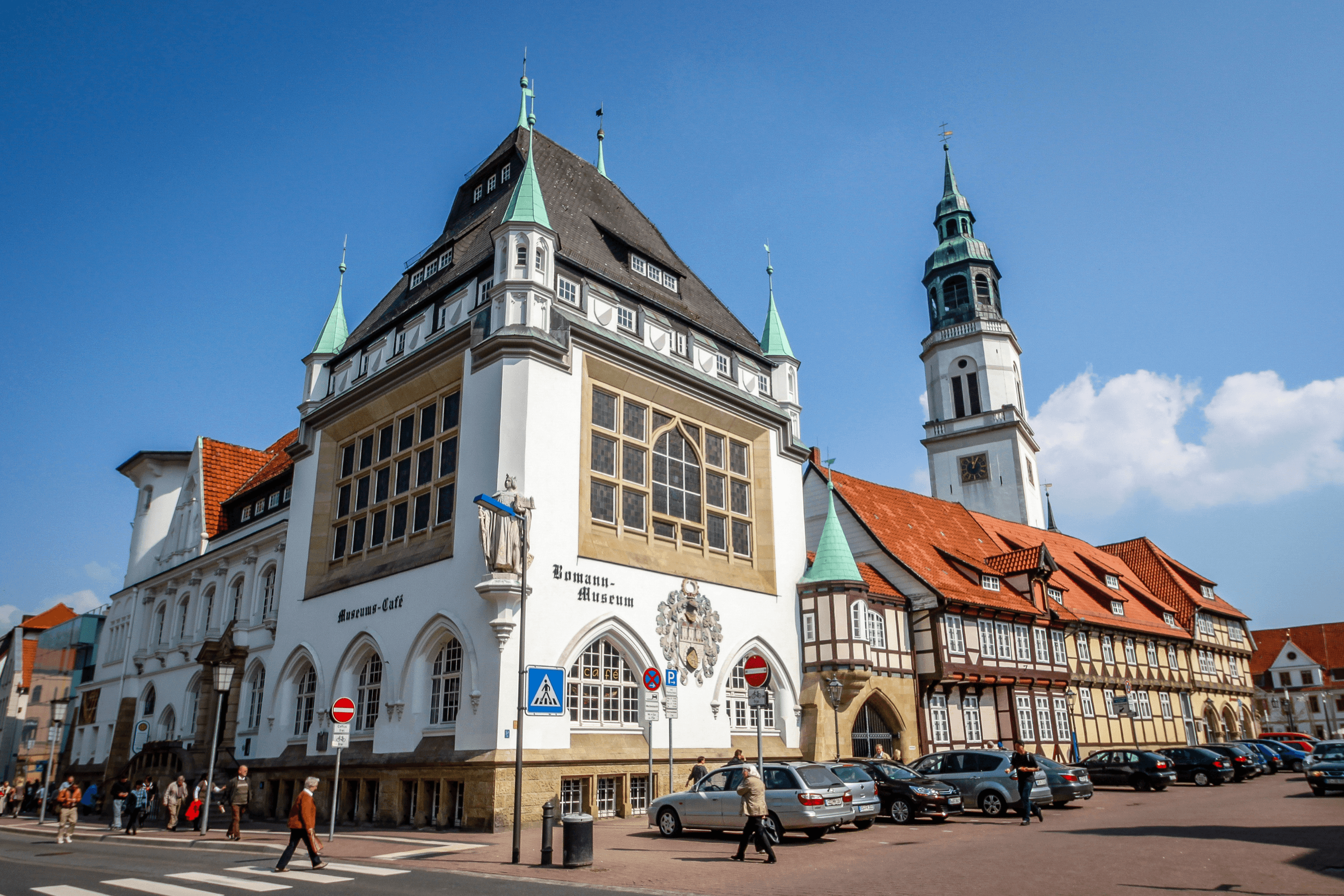
©Lüneburger Heide GmbH/Dennis Karjetta
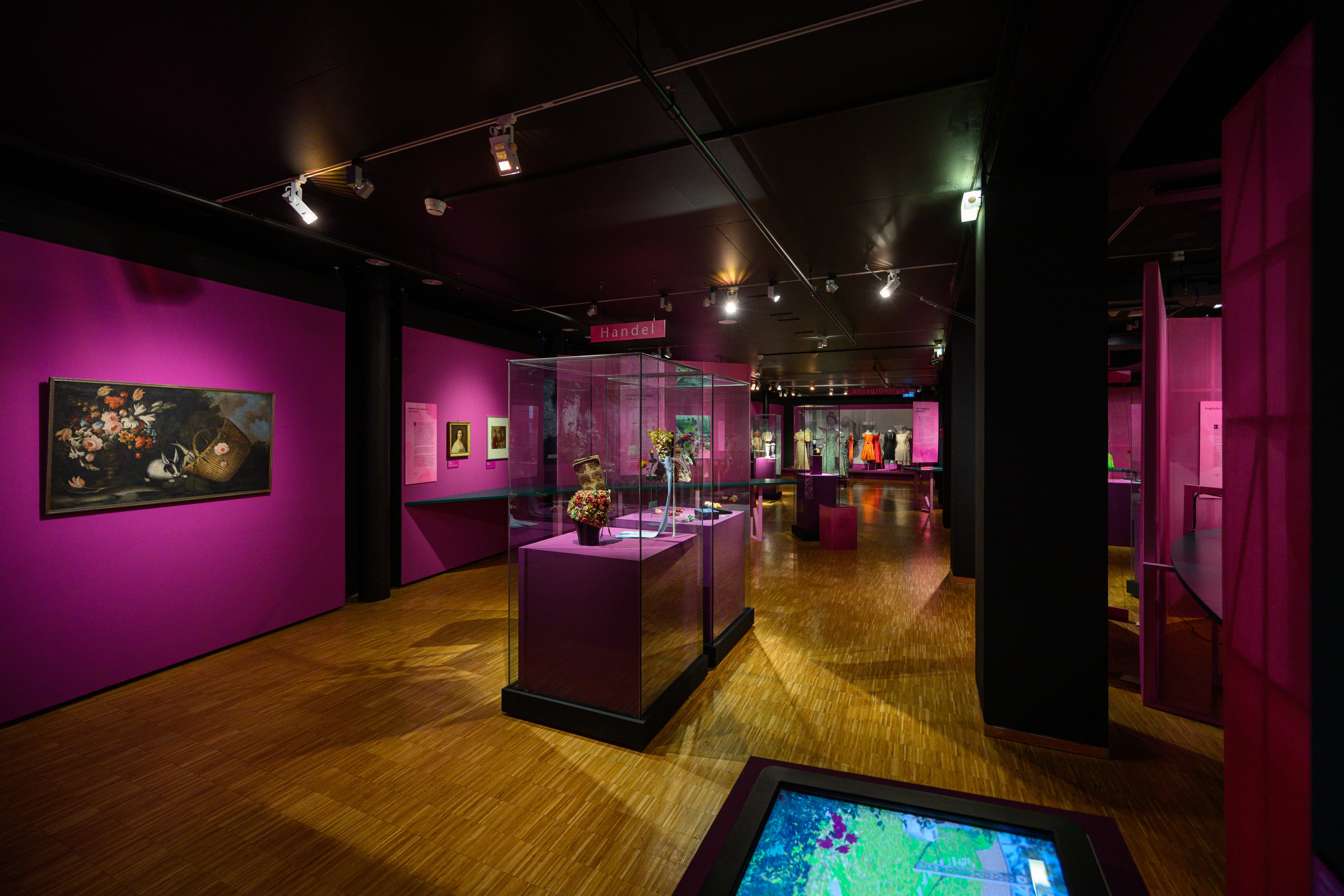
©Lüneburger Heide GmbH/Dennis Karjetta
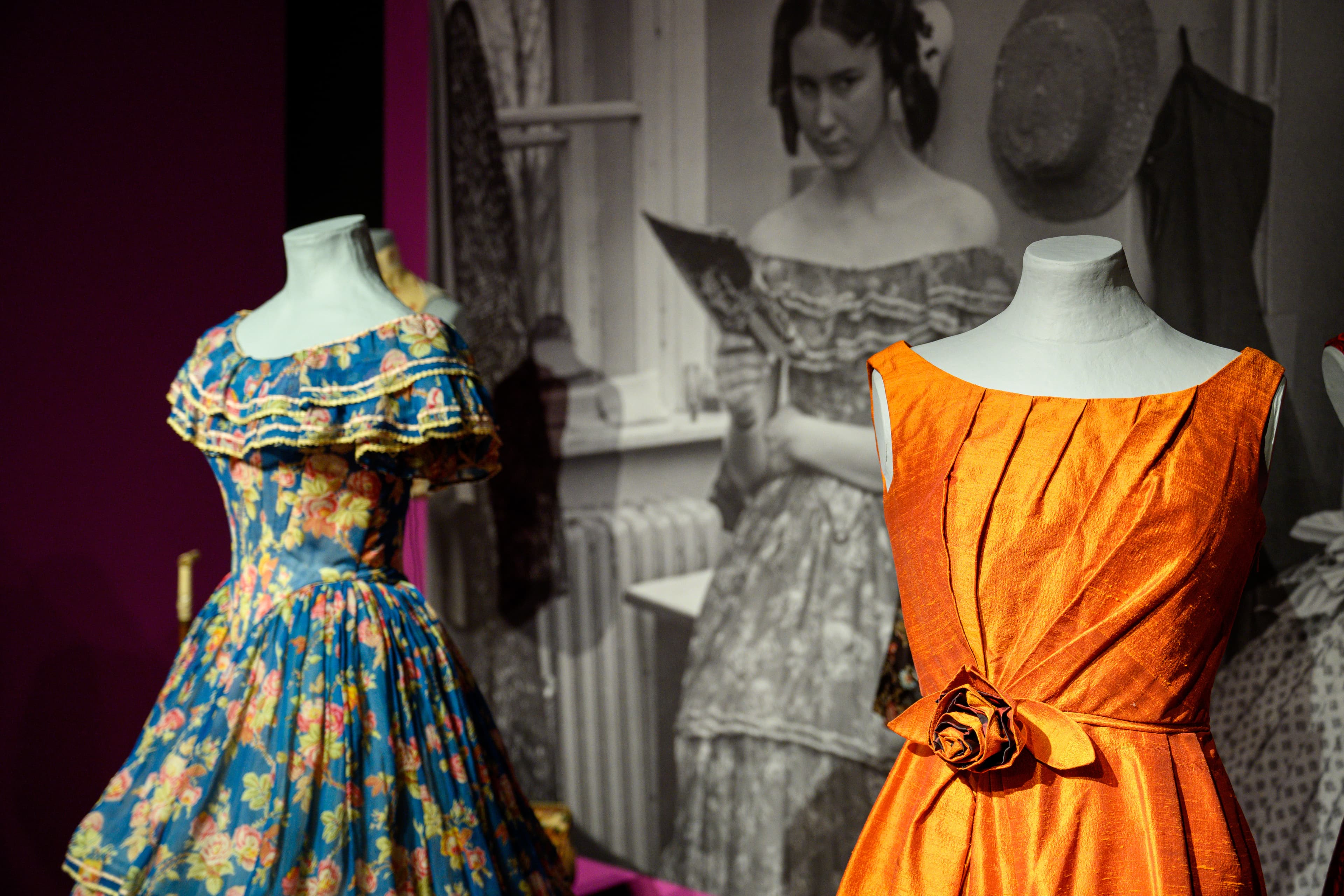
©Copyright: Fotostudio Loeper, Photographer: Ulrich Loeper
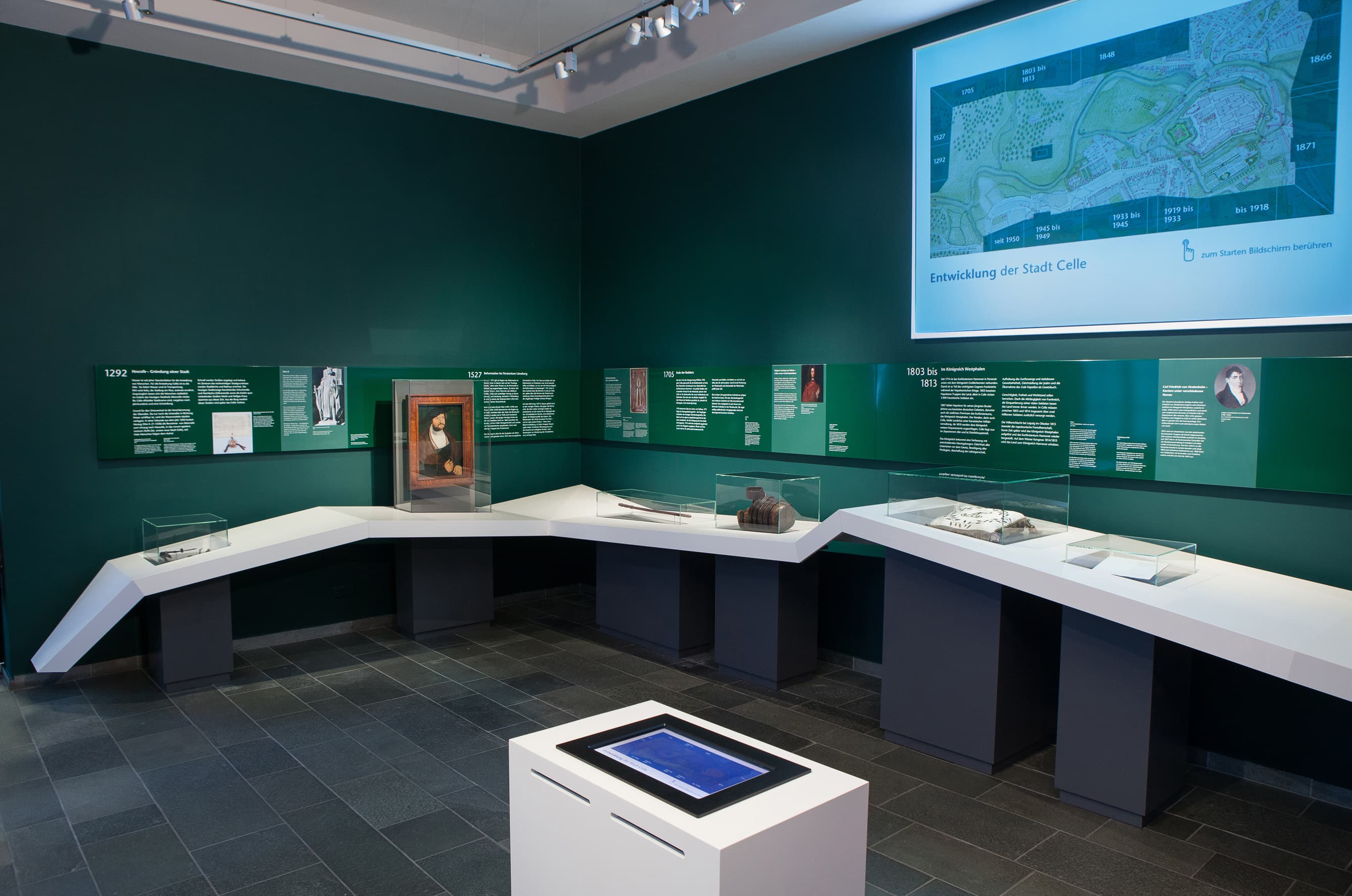
©Copyright: Fotostudio Loeper, Photographer: Ulrich Loeper
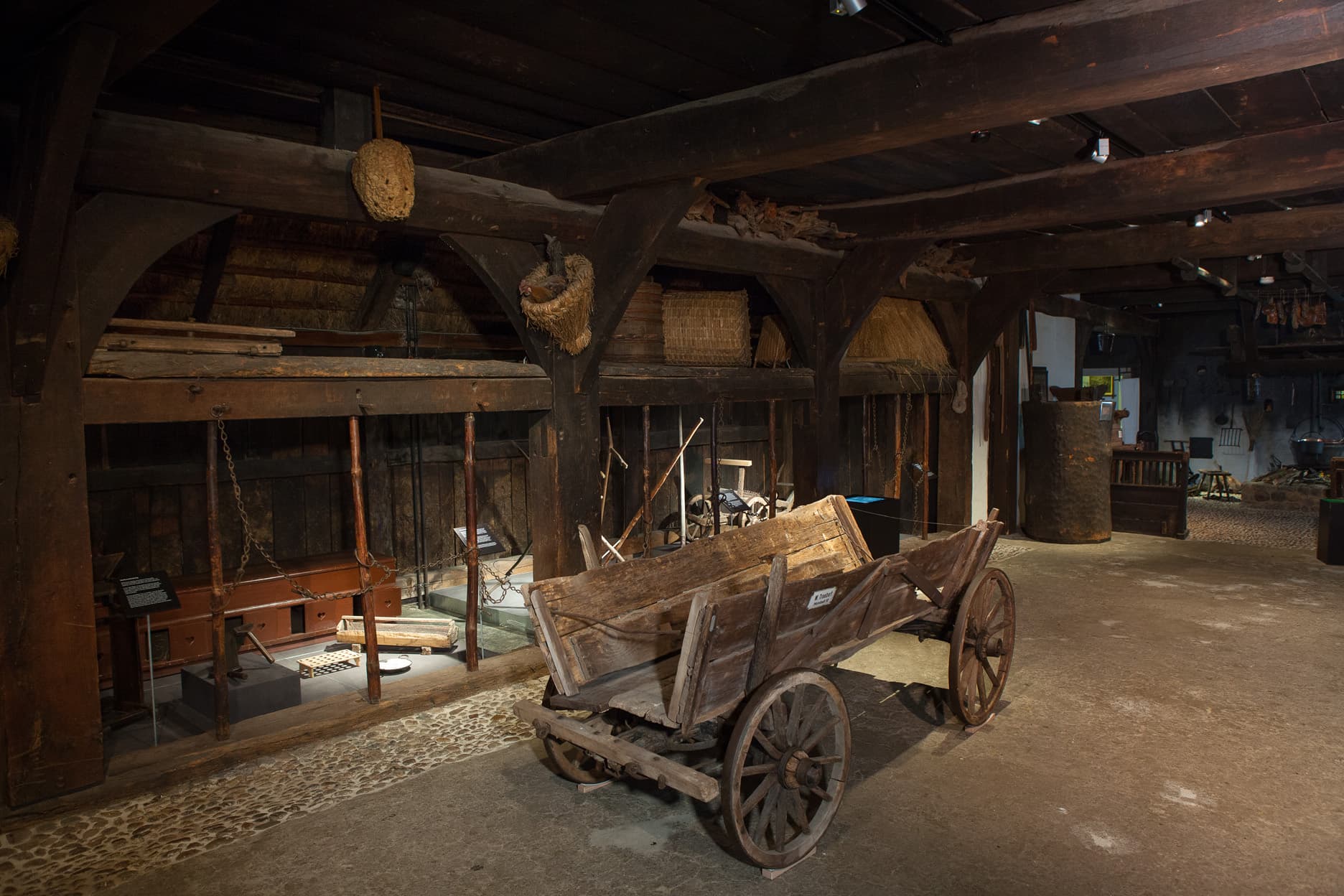
©Partner der Lüneburger Heide GmbH
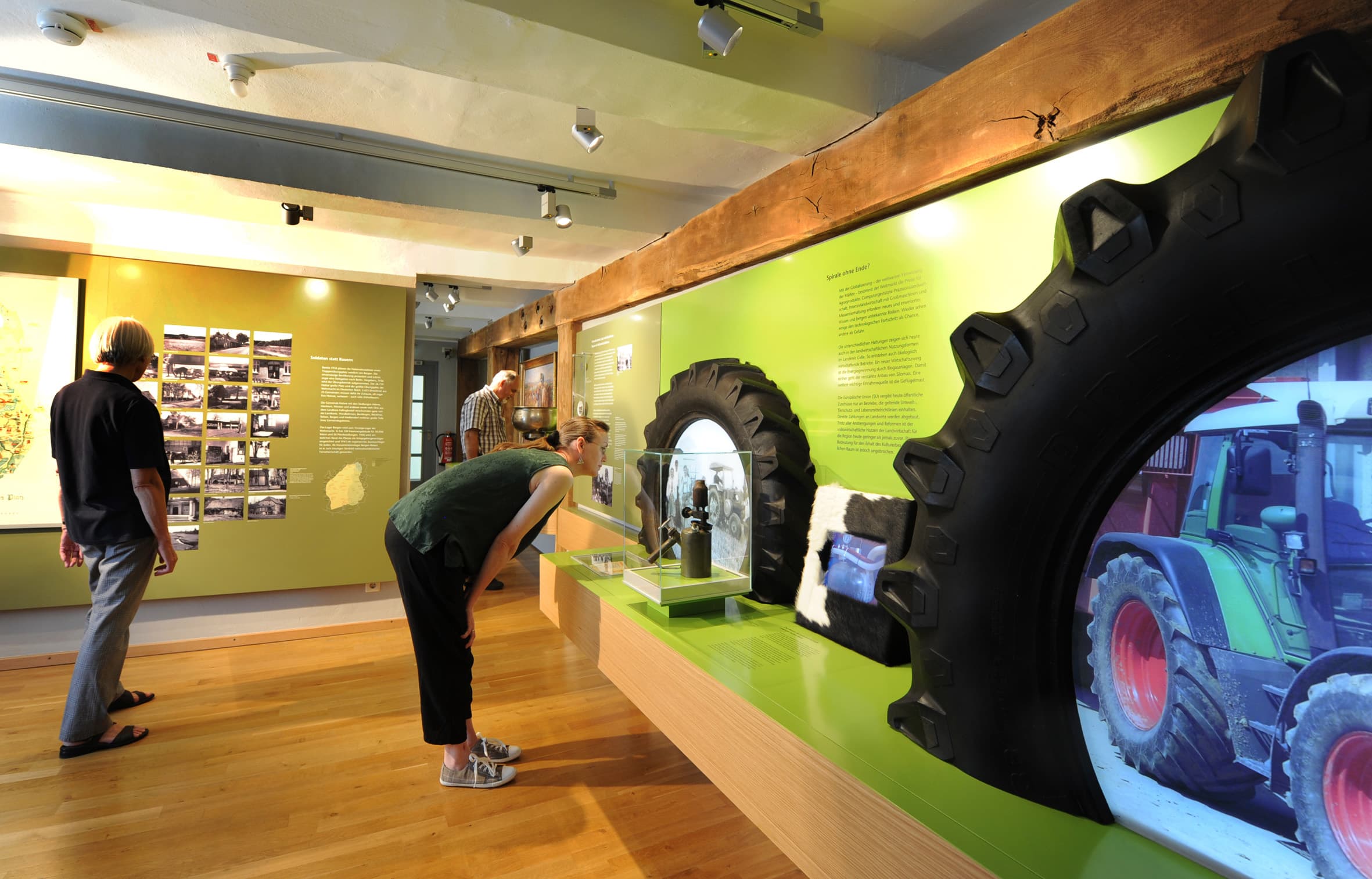
©Partner der Lüneburger Heide GmbH
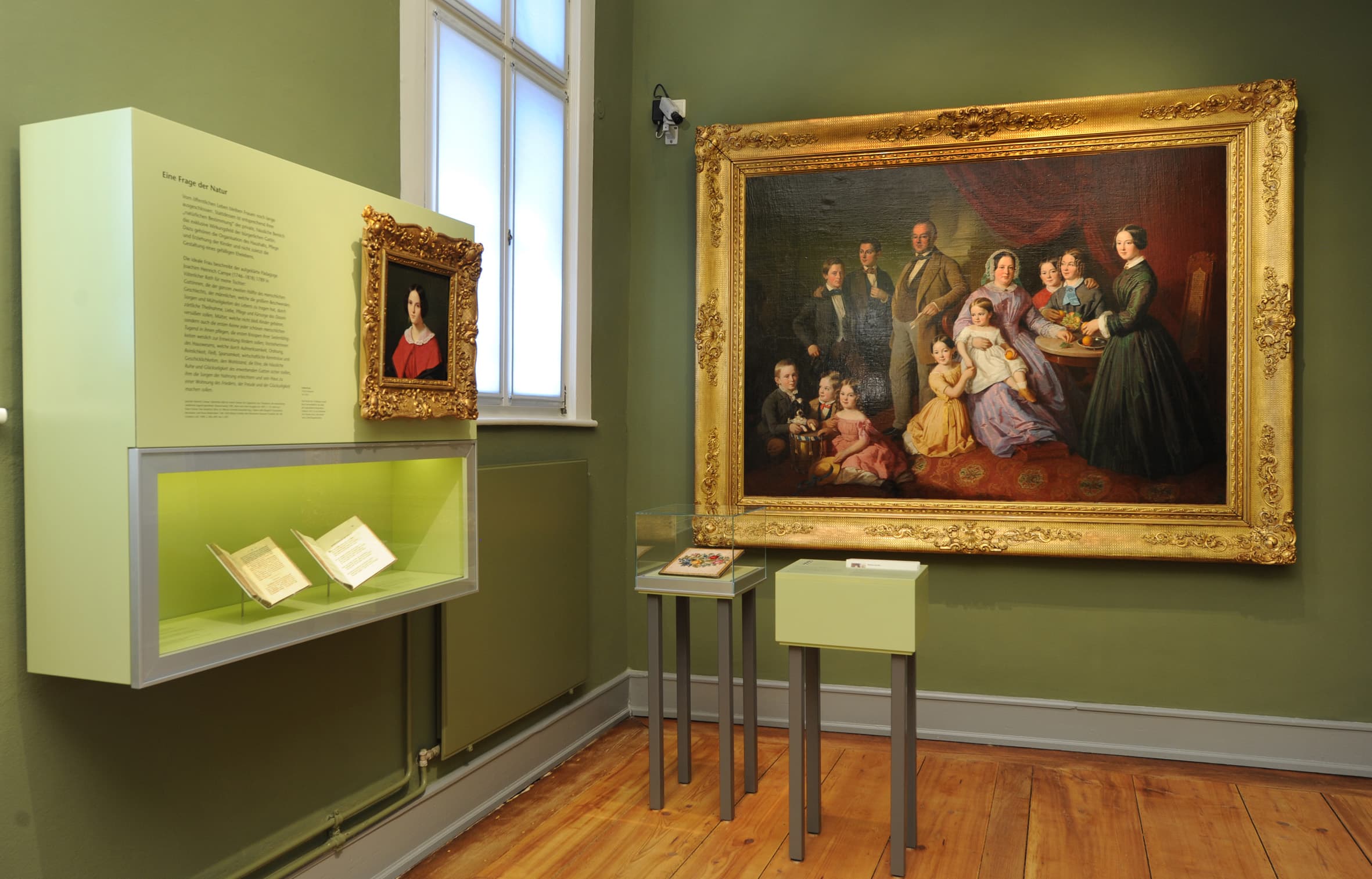
©Copyright: Fotostudio Loeper, Photographer: Ulrich Loeper
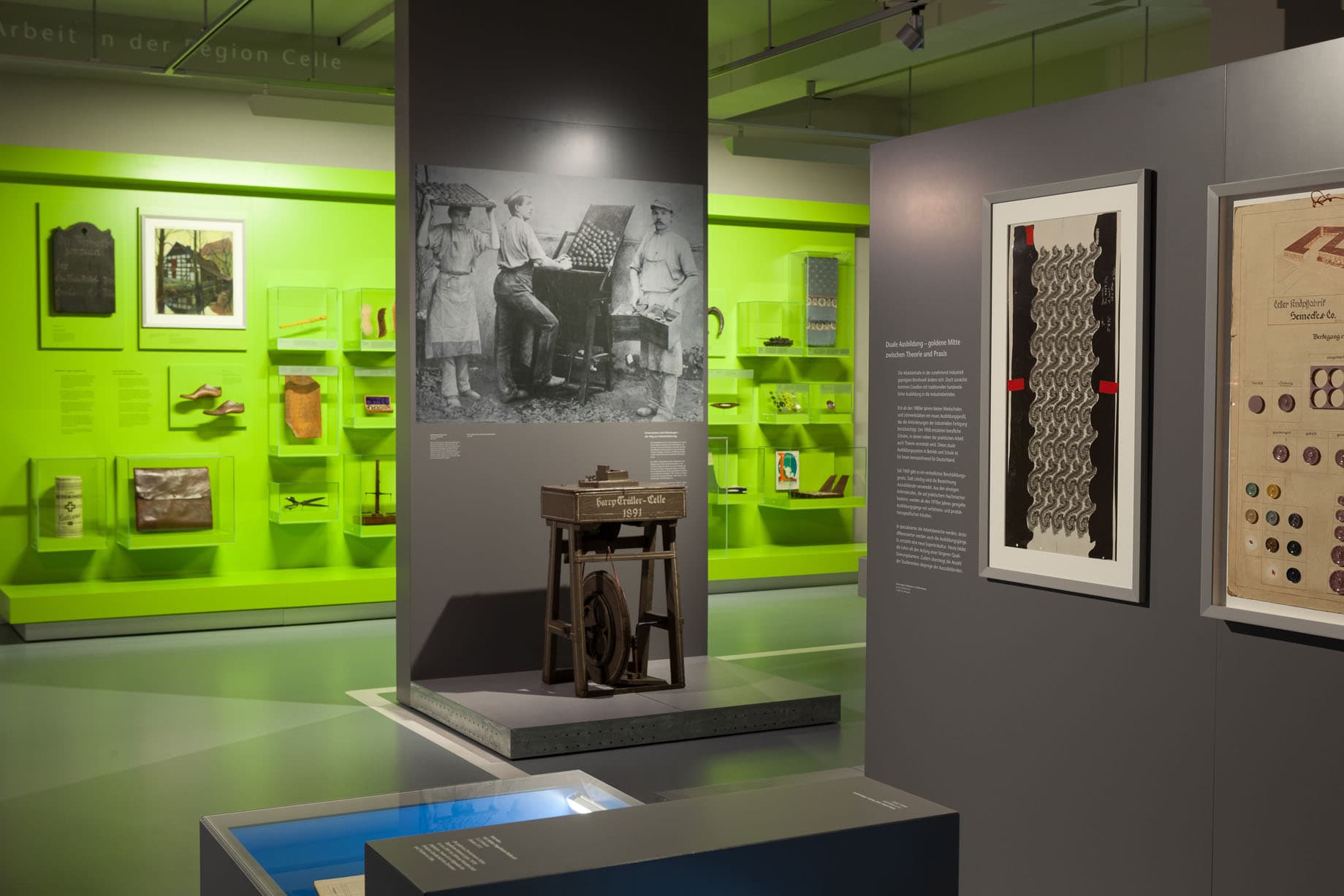
©Copyright: Fotostudio Loeper, Photographer: Ulrich Loeper
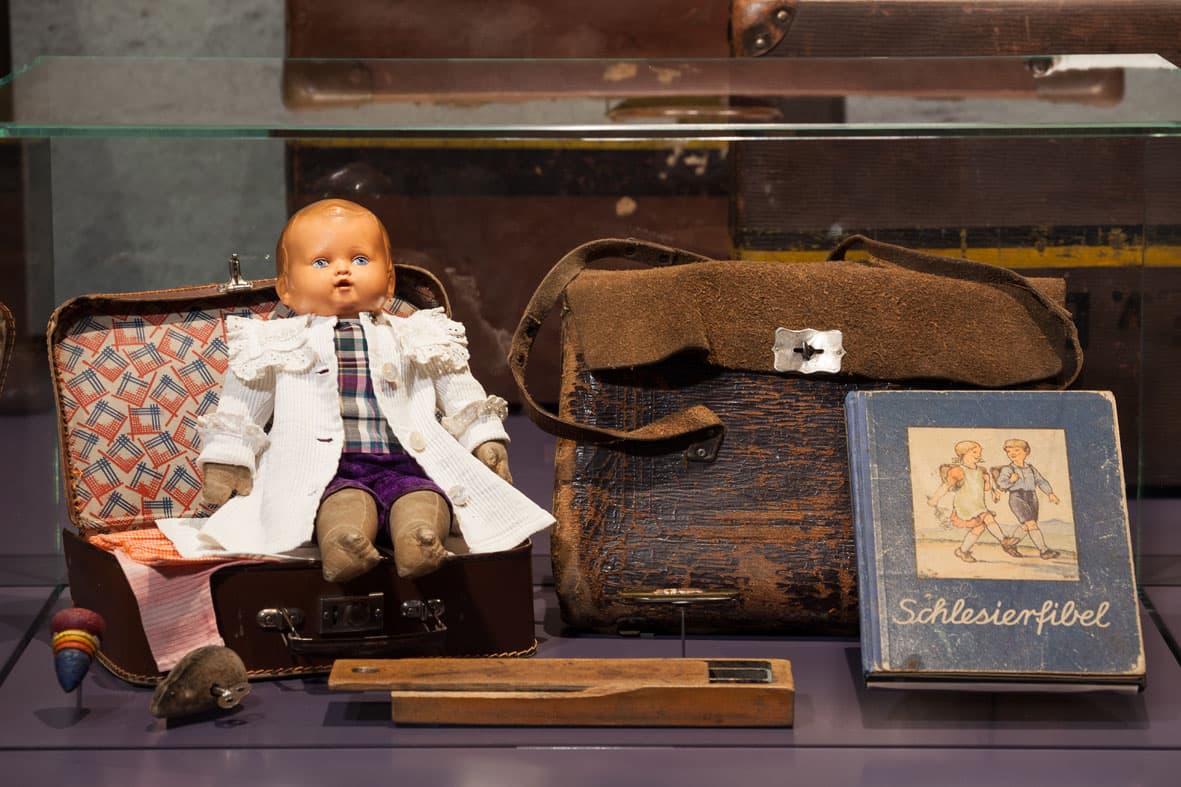
©Copyright: Fotostudio Loeper, Photographer: Ulrich Loeper
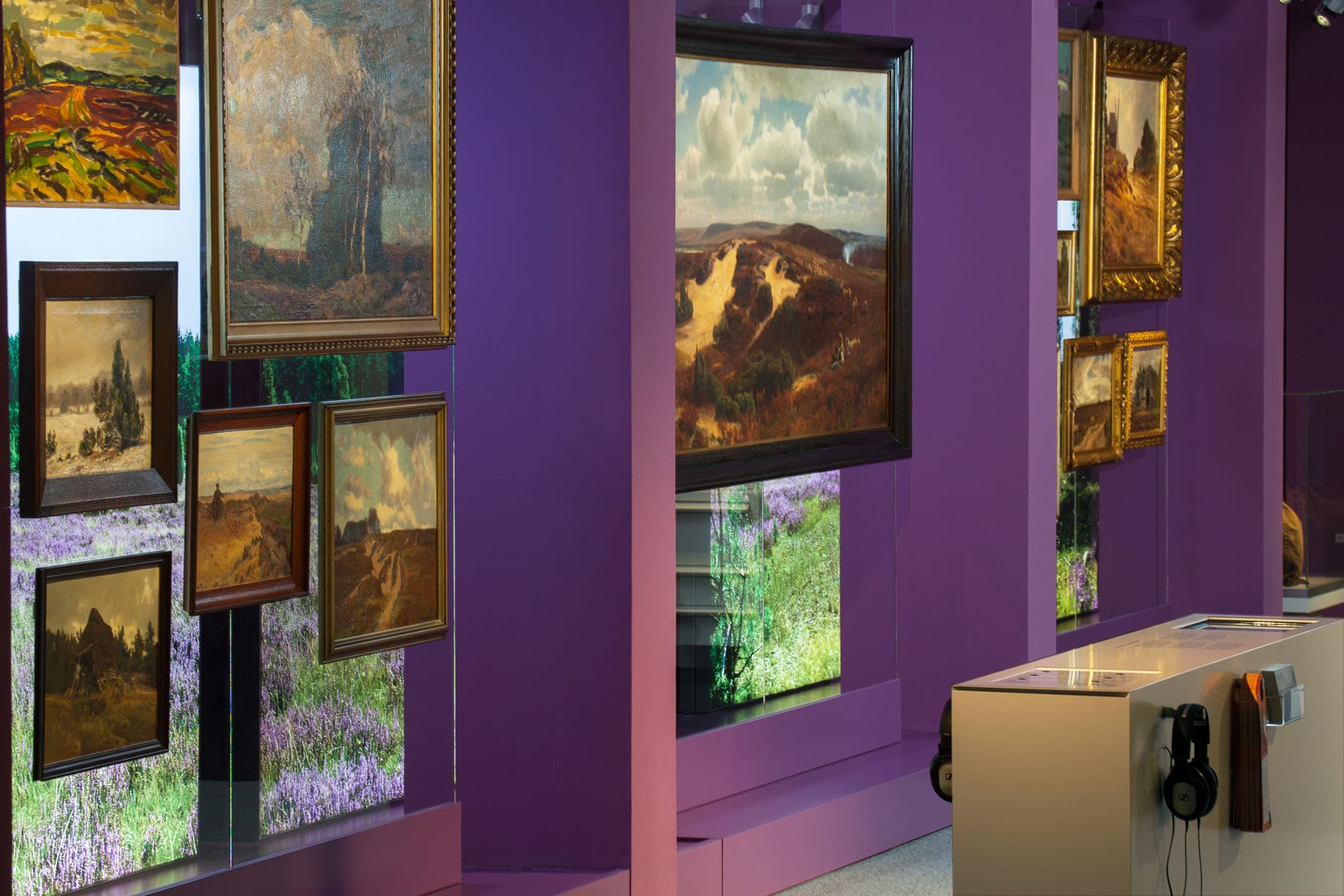
©Lüneburger Heide GmbH/Dennis Karjetta
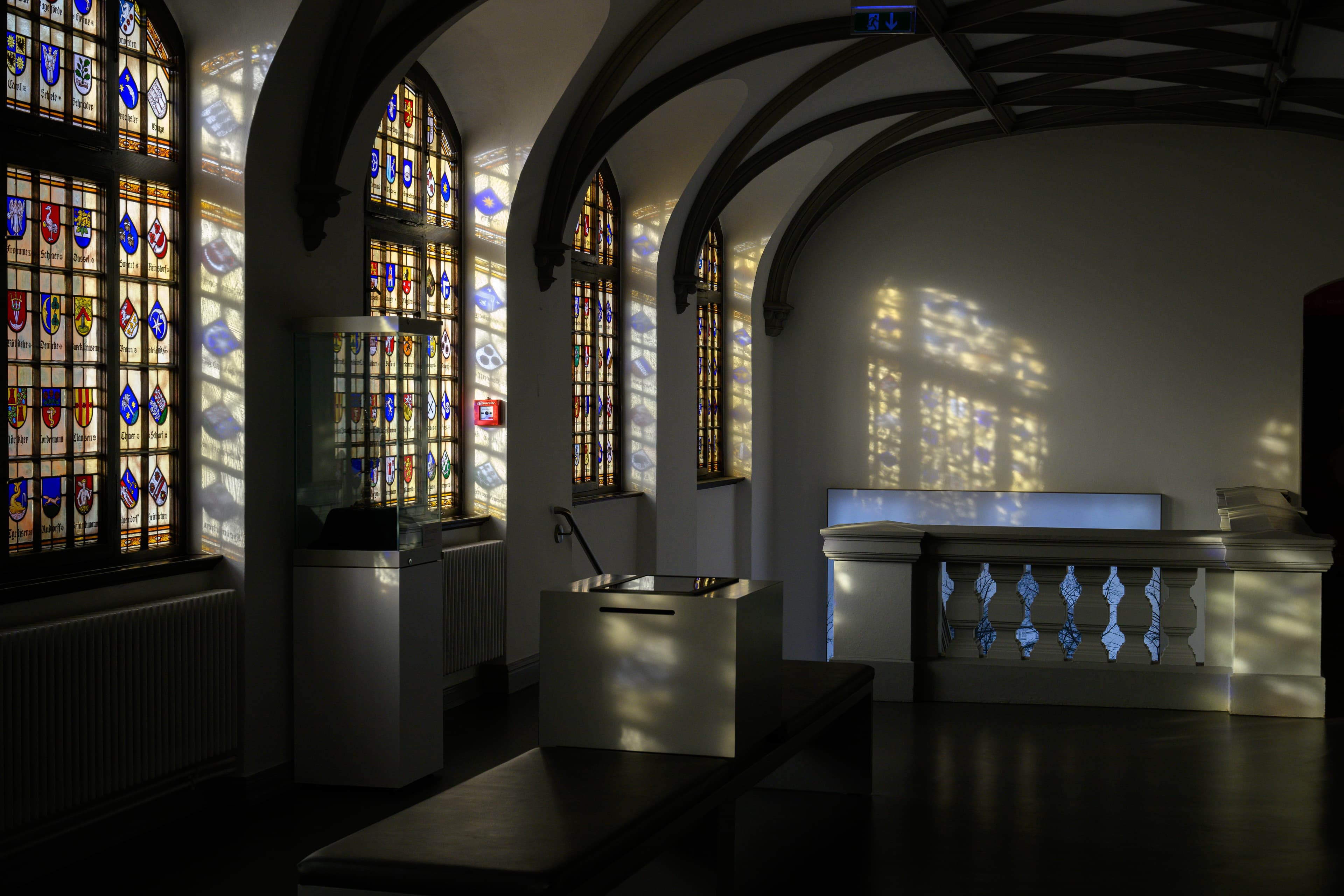
©Lüneburger Heide GmbH/Dennis Karjetta
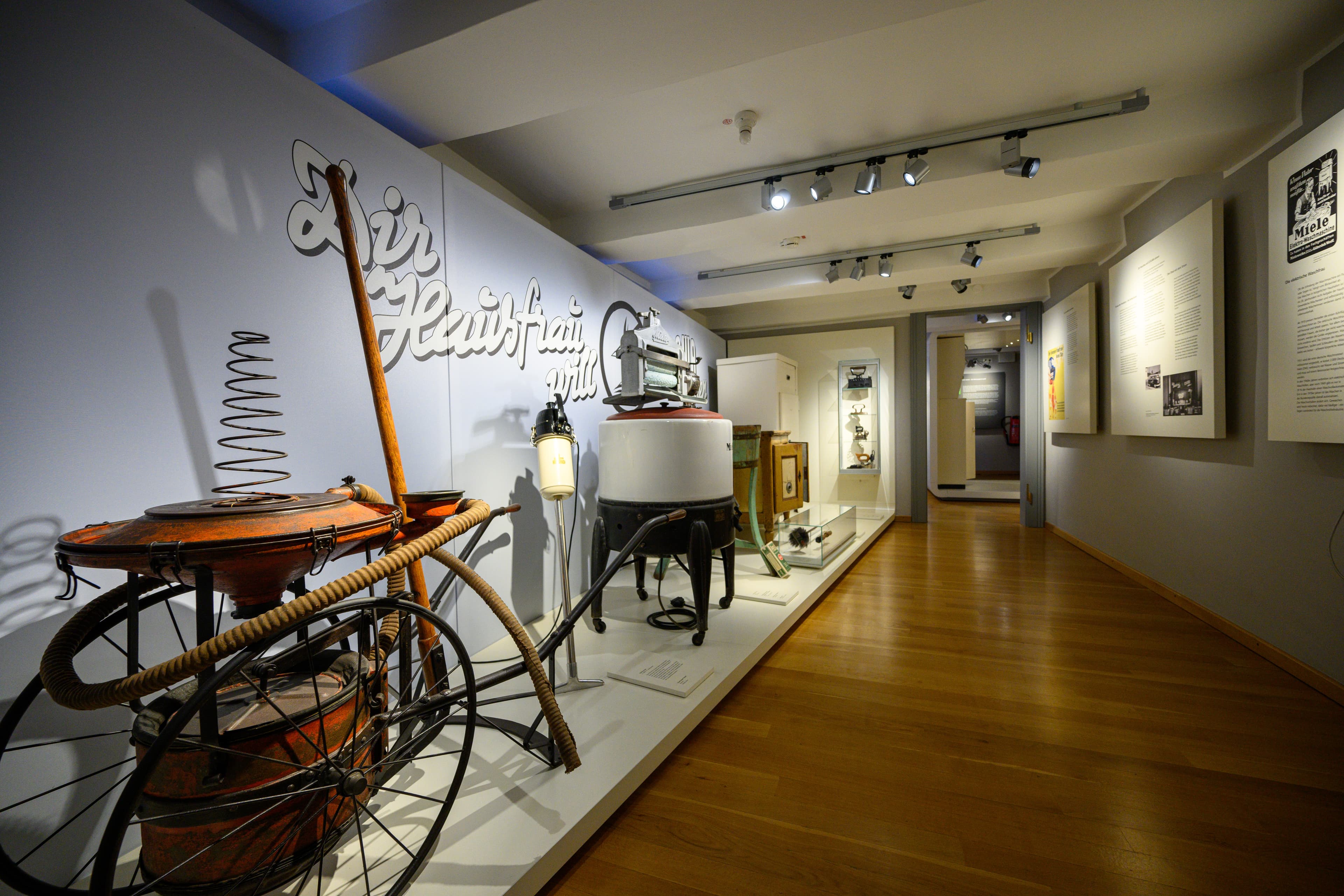
Das Bomann Museum in Celle ist eines der größten kulturgeschichtlichen Museen Niedersachsens mit Sammlungen zur Volkskunde, Stadt- u. Landesgeschichte und Ausstellungen moderner Kunst.
Seit über 100 Jahren präsentiert es gegenüber dem Celler Schloss seine Sammlungen zur Volkskunde des östlichen Niedersachsen, zur Celler Stadtgeschichte und zur Landesgeschichte des ehemaligen Königreichs Hannover. Die modern, unterhaltsam und ansprechend gestalteten Dauerausstellungen zeigen in sieben Rundgängen die Kulturgeschichte von Stadt und Region.
Darüber hinaus zeigt das Museum historische und kulturgeschichtliche Sonderausstellungen sowie Präsentationen moderner Kunst. Die museumspädagogische Abteilung bietet für Besucher aller Altersgruppen ein breit gefächertes Programm – vom Kindergeburtstag bis zum Künstler-Workshop.
Celle und sein Umland
Ein chronologischer Rundgang führt in die Celler Stadtgeschichte ein. Ergänzend nimmt ein Film die Besuchenden mit auf eine Rundreise durch den Landkreis, die viele Themen der neuen Dauerausstellungen vor Ort zeigt.Das Bauernhaus
Ein neues Gesicht hat das seit Gründung des Museums eingebaute niederdeutsche Bauernhaus erhalten. Inszenierungen machen typische Arbeiten wie Dreschen, Kochen oder Schlachten anschaulich. Die Lichtführung unterstreicht den Charakter des Hallenhauses, in dem sich Wohnräume und Stallungen unter einem Dach befinden.Eine Region im Wandel
Dieser Rundgang zeigt die Bedeutung der Landwirtschaft für die Kulturgeschichte des Celler Raumes. Vorstellungen von einem idyllischen Landleben bestimmen bis heute das Bild vom Bauern. Die Realität besteht jedoch bis ins 19. Jahrhundert aus schwerer Arbeit und der Abhängigkeit von verschiedenen Dienstherren. Globale Märkte schaffen heute neue Abhängigkeiten und Verflechtungen, der Landwirt wird zum Unternehmer.Bürgertum in Celle
Hier blickt das Museum in die Epoche des Biedermeier. Anschauliche Biografien illustrieren die familiären Verhältnisse von Celler Kaufleuten und Handwerkern. Auf den Spuren dieser Personen geht es in das öffentliche Leben im 19. Jahrhundert. In dieser Zeit nehmen durch das Engagement des Bürgertums Institutionen und Entwicklungen ihren Anfang, die bis in die Gegenwart fortwirken.Perspektiven der Arbeit
Fortschritte in Technik und Wissenschaft prägen seit Ende des 19. Jahrhunderts auch Celle. Die Entdeckung von Rohstoffen, Erfindungen und Forschergeist verändern Produktionsverfahren und Arbeitsweisen. Am Beispiel einzelner Unternehmen werden die Arbeits- und Lebensbedingungen von Handwerkern und Arbeitern veranschaulicht und Voraussetzungen für Unternehmertum und Umsatzsteigerung skizziert.Nicht von hier? Migration und Integration im Celler Land
Bis heute sind Stadt und Region Celle von Menschen geprägt, die zu unterschiedlichen Zeiten hierher kamen – freiwillig oder unter Zwang – und geblieben sind. Am Beispiel der hugenottischen Glaubensflüchtlinge des 17. Jahrhunderts, der Flüchtlinge und Vertriebenen nach dem Zweiten Weltkrieg und der êzidisch-kurdischen Flüchtlinge werden Erfahrungen mit Heimatverlust und dem Einleben in der Fremde gezeigt.Die Entdeckung der Heide
Hier wird der Blick auf die Lüneburger Heide gerichtet, auf ihre Entdeckung durch Reisende, Künstler und Literaten. Bis ins 19. Jahrhundert gelten die Heideflächen als öde und trostlos. Dann macht Hermann Löns die Landschaft berühmt. Aber nicht nur Autoren entdecken ab dem 19. Jahrhundert die Schönheit der Heide. Auch Maler spüren der Strahlkraft dieser Landschaft nach. Die Dichter der Heide, neben Hermann Löns darf da Arno Schmidt nicht fehlen. Durch ihn hat die Heide einen Platz in der Weltliteratur gefunden. Ein Teil der Ausstellung ist daher diesen beiden Literaten gewidmet, die unterschiedlicher nicht sein könnten.Darüber hinaus zeigt das Museum historische und kulturgeschichtliche Sonderausstellungen sowie Präsentationen moderner Kunst. Die museumspädagogische Abteilung bietet für Besucher aller Altersgruppen ein breit gefächertes Programm – vom Kindergeburtstag bis zum Künstler-Workshop.
Anreise & Besuch
- Mit der Bahn: Der Celler Bahnhof ist ca. 20 Minuten zu Fuß entfernt
- Mit dem Bus: Eine Haltestelle ist direkt vor der Tür des Museums
- Mit dem Auto: Öffentliche Parkplätze finden Sie im gesamten Celler Stadtgebiet

